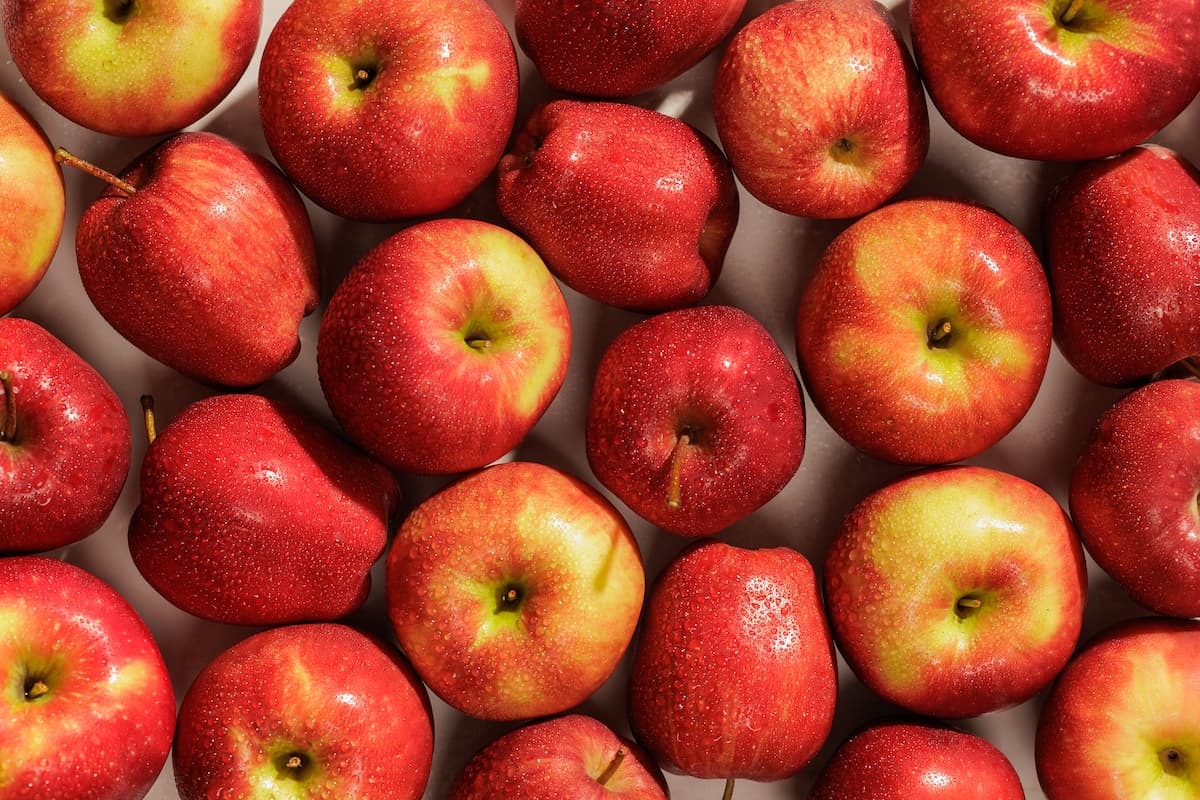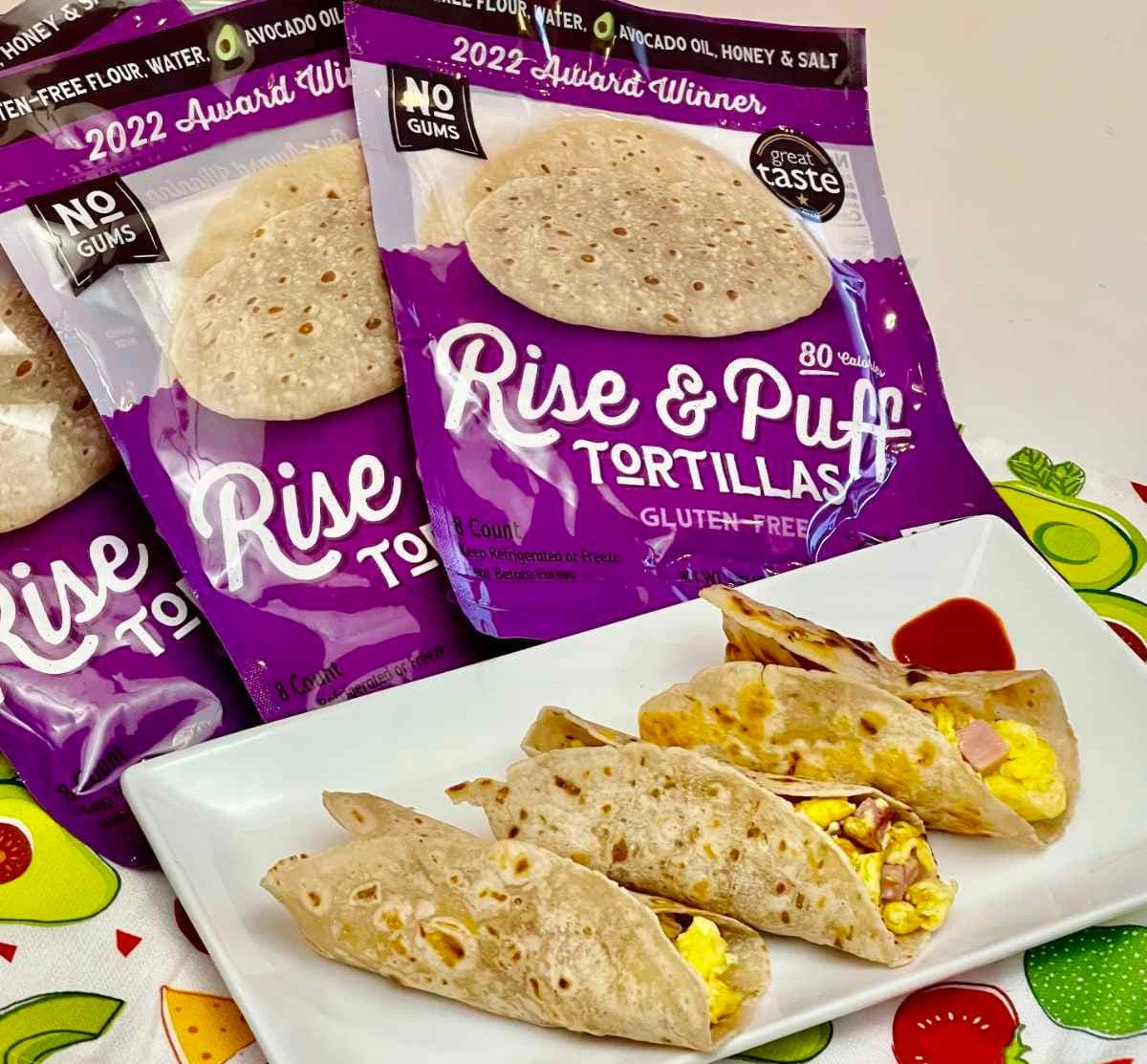“Healthy” doesn’t have to mean pricey. Yes, if you’re buying out-of-season berries or shopping only at premium grocers, costs can climb. But with a few smart tweaks, eating well can actually save money. Here’s a practical plan that covers budget-friendly staples, why legumes are your new best friend, a weeklong grocery list for a family of four, and a quick look at why home cooking still beats takeout on cost.
Myth check: Healthy doesn’t automatically mean expensive
Grocery prices rise and fall every year, but one thing stays steady. Meals cooked at home tend to inflate more slowly than restaurant food, so your dollars go further at the store. In short, a little planning pays off.

Frugal Fuel: Affordable Ingredients That Work Hard
- Beans, lentils, and chickpeas: Use canned or dry beans for an affordable protein with fiber that keeps you full.
- Eggs: Versatile, protein-rich, quick.
- Frozen veggies & fruit: Picked at their peak, long shelf life, often cheaper than fresh out-of-season produce.
- Whole grains: Brown rice, oats, whole-wheat pasta, and tortillas are all low-cost per serving.
- Canned fish: Tuna, salmon, and sardines all provide protein and omega-3s on a budget.
- Tubers & sturdy produce: Potatoes, sweet potatoes, carrots, onions, and cabbage are cheap, filling, and resilient in the fridge.
- Flavor builders: Garlic, lemons, dried spices, jarred tomato paste, tiny price, big taste.
Why legumes are better than meat for cost and health
Per serving of protein, beans and lentils are dramatically cheaper than most meats, and they bring fiber, minerals, and virtually no saturated fat. Use them as the star or bulk up meat dishes 50/50 to cut costs without sacrificing flavor.
One week of budget-friendly groceries for a family of 4
Use store brands, buy in bulk where possible, and mix fresh and frozen ingredients. This cart supports 7 breakfasts, 5–6 packable lunches, and 6–7 dinners with leftovers.

Produce (fresh and frozen)
- 2 lb onions, 2 lb carrots, 2 heads lettuce/2 bags greens, 2 cucumbers, 3 bell peppers, 3 lemons
- 5 lb potatoes or 4 lb sweet potatoes
- Fruit: 1 large bunch of bananas, 3 lb apples, 2 lb frozen berries
- Frozen veg: 2 bags broccoli, 1 bag mixed stir-fry vegetables, 1 bag spinach, 1 bag corn
Protein
- 2 dozen eggs
- 4 cans of beans (black/chickpea) + 2 lb dry lentils
- 2 cans of tuna or salmon
- Optional meat/poultry: 2–3 lb chicken thighs or a whole chicken (use twice)
Grains & bases
- 2 lb brown rice or 8 microwave pouches (store brand)
- Old-fashioned oats (42 oz)
- Whole-wheat pasta (2 lb)
- Whole-grain bread or tortillas (2 packs)
Pantry & extras
- Olive or avocado oil
- Peanut butter, canned tomatoes (2), tomato paste, salsa
- Yogurt (32 oz tub), block cheese (1 lb)
- Spices: chili powder, cumin, Italian blend, cinnamon, salt & pepper
How to turn that cart into simple, repeatable, and tasty meals

Breakfast rotation:
- Oats with peanut butter and frozen berries
- Veggie omelet + toast/tortilla
- Yogurt bowls with banana, oats, and cinnamon
Packable lunches:
- Lentil & veggie soup (make a big pot once)
- Tuna-white bean salad wraps with greens
- Rice + black bean bowls with corn, salsa, and a sprinkle of cheese
Dinners (15–30 minutes):
- Chickpea pasta primavera: Whole-wheat pasta, frozen veg, garlic, olive oil, lemon, parmesan.
- Sheet-pan chicken & potatoes: Roast chicken thighs, potatoes, carrots, and onions.
- Stir-fry night: Frozen stir-fry veg, eggs or tofu, soy/tamari, over rice.
- Taco bowls or wraps: Seasoned beans, corn, and peppers on rice or in tortillas. Add salsa and yogurt-lime sauce.
- Breakfast for dinner: Veggie scramble, roasted potatoes, and fruit.
Freezer win: Double soup or chili recipes and freeze half for later. This provides a meal with clean ingredients, no preservatives, it’s cheaper than takeout, and it's ready on your busiest night.

Cooking at home vs. takeout: the quick math
Two pizzas and sodas for four can easily top $35–$45 before fees. For roughly the same spend, your grocery cart covers multiple meals with protein, fiber, and produce. Restaurant prices and fees typically rise faster than grocery prices. Plus, home-cooked meals allow you to portion out lunches and freeze extras. That’s built-in savings!
Budget wins without blandness: quick cost-savvy tips
- Buy in season or buy frozen. Out-of-season fresh produce costs more and often tastes worse. Let frozen fruits and veggies save the day.
- Plan one “master dish.” Make a pot of lentil soup or a sheet-pan meal on Sunday. Then reinvent it with tortillas, rice bowls, or eggs throughout the week.
- Use the “half-meat” trick. Mix cooked lentils or beans into ground meat for tacos, pasta sauce, or sloppy joes.
- Shop the bottom shelves. Store brands are often cheaper per ounce.
- Keep a “rescue list.” Create 10-minute meals from what’s always on hand (eggs + frozen veg; bean quesadillas; tuna-rice bowls).
What “healthy on a budget” really means
Healthy eating isn’t about pricey superfoods. It’s about repeatable routines. Cook more than you order out, lean on legumes, use frozen produce strategically, and build flavor with pantry staples. Your wallet and your week will feel lighter!
Sources
USDA Economic Research Service (ERS): Food-at-home vs. food-away-from-home price trends and spending shares (2023–2025).
Harvard T.H. Chan School of Public Health, The Nutrition Source: Legumes and lentils—nutrition, affordability, and health benefits.
Harvard Health & Mayo Clinic: Frozen produce can match fresh nutritionally and cut waste/cost.
VRG cost snapshot: Per-serving cost comparison—beans vs. animal meat.
Vegan Resource Group
USDA ERS report, “Are Healthy Foods Really More Expensive?”—how to compare value beyond price per pound.

















Leave a comment
All comments are moderated before being published.
This site is protected by hCaptcha and the hCaptcha Privacy Policy and Terms of Service apply.